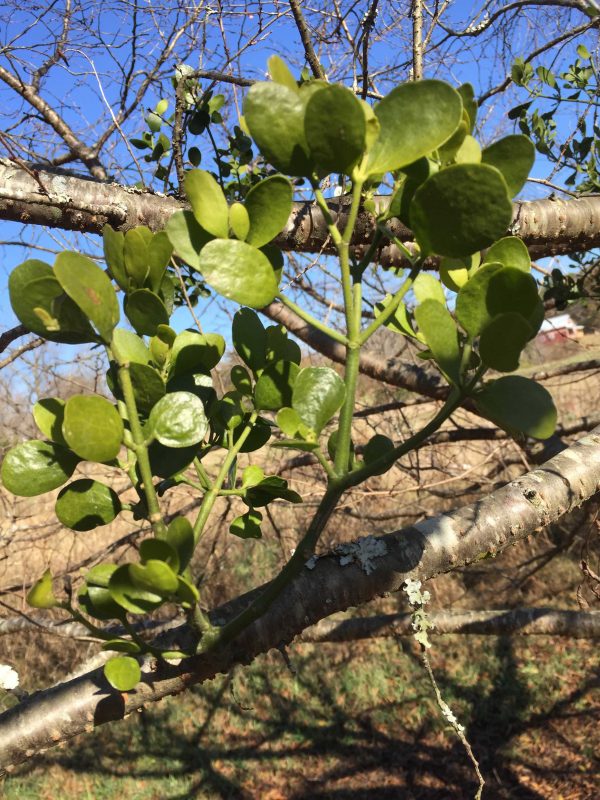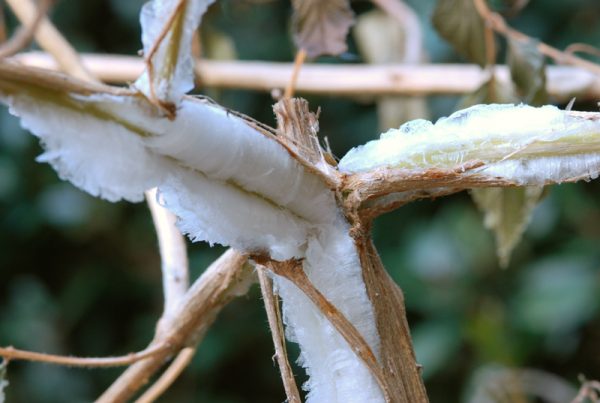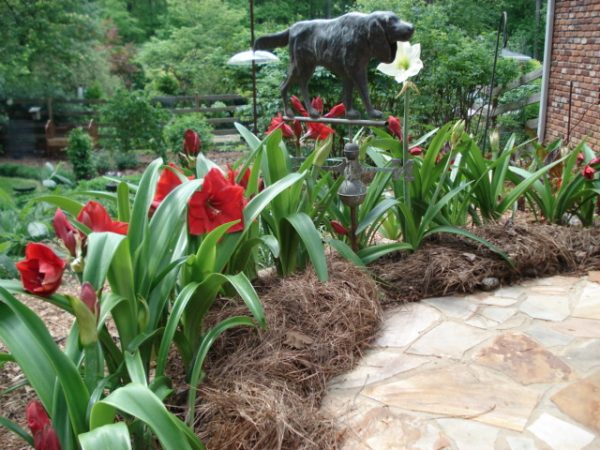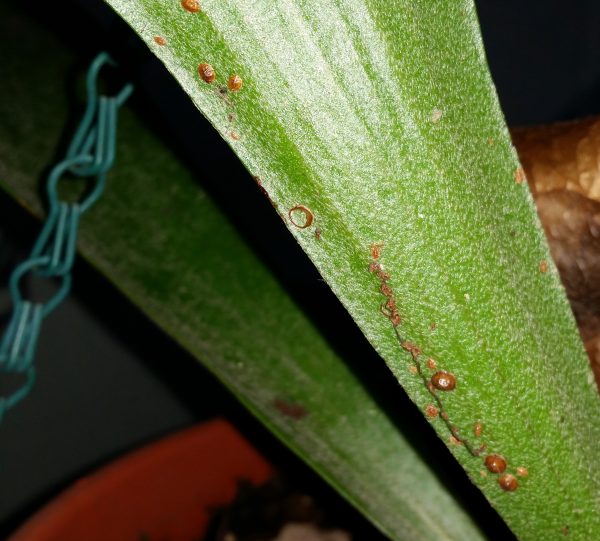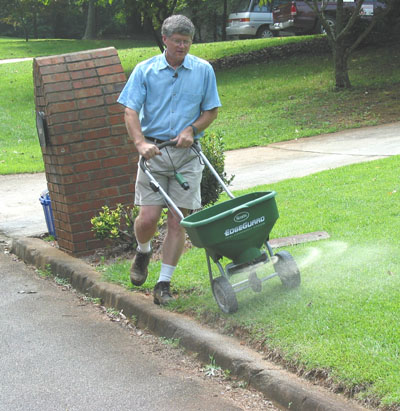Zoysia – Control Rust in Fall
Q: If rust is observed on zoysiagrass in fall is it worthwhile to treat with a fungicide or is it better to wait until spring and then apply the fungicide? What fungicide would you recommend?
A: Rust seems to be associated with zoysiagrass more than the other lawn grasses. It’s seen in moist, low-light areas. Rust favors temperatures between 65°F and 85°F. Severe rust infections occur on slow-growing turfgrass, particularly those with low nitrogen levels and/or plant water stress.
Rust becomes a problem when grass plants are growing slowly. When grass plants are growing fairly rapidly, leaf tissues are removed by mowing at relatively frequent intervals, and the disease does not become apparent. With grass plants that are growing slowly, the fungus has sufficient time (7-14 days) to produce the microscopic spores in infected leaf tissue. These spores are then wind-blown or splashed by rain or irrigation to other leaves, where new infections can occur. Consequently, the disease can become very severe when certain weather conditions occur when the grass is growing slowly.
Leaf infections occur most frequently when days are dry and windy followed by heavy dew formation at night. The dry, powdery spores are easily disseminated by wind .
Rust, by itself, rarely kills a grass plant, unless other stress factors are involved. Rust infected plants are weakened. When the disease continues into late fall, infected plants may become more susceptible to winter injury. Young seedlings are highly susceptible.
That said, control of rust in the home lawn is best accomplished by fertilizing and irrigating, as needed, to promote grass growth.
Water infrequently, but deeply. Irrigate during the early part of the day. Irrigate at a time that will permit complete leaf dryness before dew formation. Watering in the evening will increase the length of time that moisture is on the leaves and will increase the chances of infection. Mow frequently and collect clippings when possible. Several fungicides will aid in the control of rust, but multiple applications are generally required, and you might choose to achieve control via management practices first. You may find products containing chlorothalonil (click for sources), mycobutanil (click for sources)
or propiconazole (click for sources)
being sold under various trade names at garden supply stores or nurseries.
READ THE LABEL CAREFULLY TO BE SURE THE PRODUCT IS LABELLED FOR USE ON LAWNS.



